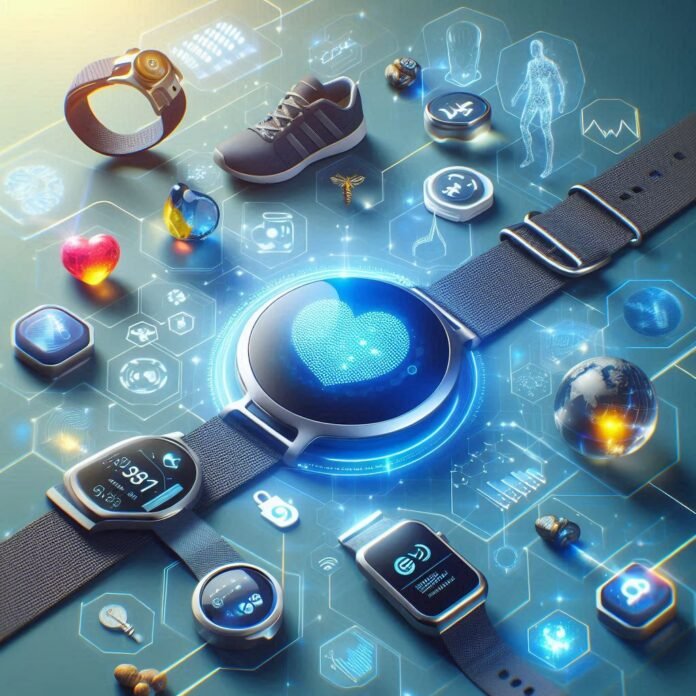Safety wearables have emerged as a transformative technology in the realm of workplace safety, offering real-time monitoring and data-driven insights to enhance worker well-being and prevent accidents. These innovative devices, equipped with advanced sensors and AI capabilities, are revolutionizing safety protocols across industries, ensuring a proactive approach to risk management and injury prevention. In this comprehensive guide, we will delve into the realm of safety wearables, exploring their impact, benefits, and the cutting-edge solutions offered by industry leaders.
The Rise of Safety Wearables
Safety wearables represent a paradigm shift in occupational safety, leveraging technology to proactively address workplace hazards and promote a culture of safety. These devices are designed to monitor vital signs, detect potential risks, and provide immediate alerts in case of emergencies, empowering workers and employers to prioritize safety in all aspects of their operations.
Enhancing Workplace Safety
Safety wearables play a crucial role in enhancing workplace safety by promoting safe body movements, reducing the risk of overexertion, and preventing musculoskeletal disorders resulting from repetitive or strenuous tasks. These devices provide real-time feedback on ergonomics, posture, and movement patterns, helping workers maintain optimal body mechanics and prevent injuries.
Real-time Hazard Detection
One of the key features of safety wearables is their ability to detect hazards in real time and provide immediate alerts to workers and supervisors. From monitoring air quality for hazardous chemicals to detecting falls or impacts, these devices offer a proactive approach to risk mitigation and emergency response, ensuring a swift and effective intervention in critical situations.
Biocompatibility and Chemical Safety
Ensuring the biocompatibility and chemical safety of wearables is paramount to protecting users from skin irritation and other adverse reactions. Manufacturers are increasingly focusing on embedding safety features into wearable designs, using materials that are skin-friendly and non-reactive. By prioritizing biocompatibility, wearables can be worn comfortably for extended periods without causing skin irritation or allergic reactions.
The Collateral Benefits of Safety Wearables
Safety wearables offer a host of additional benefits beyond injury prevention, contributing to operational efficiencies, process control, and overall workplace performance. These devices provide real-time data on activities, machine interactions, and environmental conditions, enabling organizations to identify inefficiencies, predict maintenance needs, and optimize workflow processes.
Investing in the Future
As safety wearables continue to evolve and integrate advanced technologies such as AI and augmented reality, they hold the potential to revolutionize workplace safety and productivity. By leveraging real-time data insights and predictive analytics, organizations can create safer, more efficient work environments that prioritize employee well-being and operational excellence.
dorsaVi: Leading the Way in Wearable Sensor Technology
dorsaVi is at the cutting edge of wearable sensor technology, revolutionizing motion analysis and biomechanics through our comprehensive suite of wearable devices and software solutions. Our innovative wearables are designed to enhance safety, prevent injuries, and optimize performance in various industries. By leveraging advanced sensors and AI capabilities, dorsaVi empowers organizations to proactively manage workplace risks, improve ergonomics, and foster a culture of safety and well-being.
In conclusion, safety wearables represent a significant advancement in workplace safety, offering a proactive and data-driven approach to risk management and injury prevention. As organizations continue to prioritize employee safety and well-being, safety wearables will play a crucial role in creating safer, more efficient work environments. With industry leaders like dorsaVi leading the way in wearable sensor technology, the future of workplace safety looks promising, with innovative solutions that prioritize safety, performance, and employee well-being.


